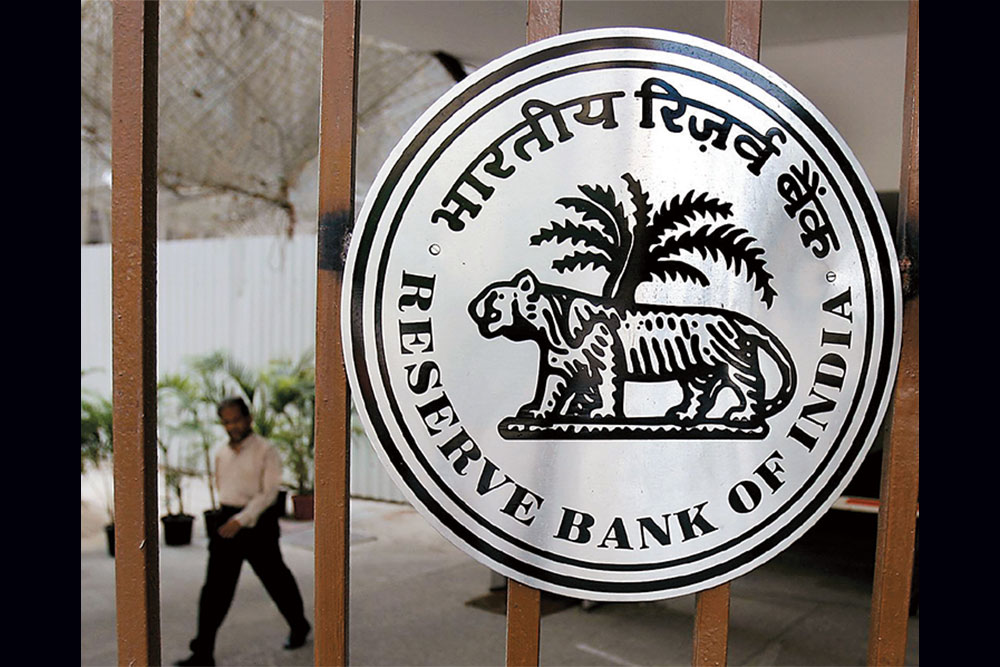The 7% GDP growth for Q1FY16 may be envied by most other countries given the challenging global economic conditions. However, to the extent consensus estimates of GDP for the period was around 7.5%, there was an element of disappointment.
Old argument unlikely to work
While certain sections continue to harbour doubts on the exactitude of the 7% number, participants in actual economy such as industry leaders remain worried given the weak demand conditions and compressed margins. Clamour arose from all corners that the ‘disappointing’ 7% growth calls for a rate cut. This argument, however, may not cut much ice with the RBI governor, since he has highlighted previously that an economy growing at 7%-7.5% per se does not require a monetary stimulus.
If, however, one looks beyond the headline GDP numbers, then some cogent argument may arise for a rate cut. Though there is enough leeway for the Reserve Bank of India (RBI) to cut rates, in the current situation, a cut would provide limited benefit.
Rather too much of a good thing
Looking beyond the headline GDP numbers, one stumbles across the observation that the GDP deflator for Q1FY16 is 1.8%. GDP deflator, simply put, is an adjustment factor reflective of the economy-wide inflation. The nominal GDP (economic activity estimated at current prices) is ‘deflated’ by using GDP deflator to calculate the real GDP. The real GDP helps in comparing economic activity across different time periods since it is expected to reflect actual economic growth after the impact of inflation has been removed. The 1.8% GDP deflator is possibly the lowest in a decade, reflecting the very low level of systemic inflation.
WPI dipping since FY12, CPI since FY13
Deflator may fall to lowest in 15 years in FY15 and beyond
With the Wholesale Price Index and Consumer Price Index in India falling in tandem thus far in FY16, it may be reasonable to assume that the GDP deflator will continue to remain low in H1FY16. Even if inflation increases somewhat in H2FY16, the GDP deflator for the entire year is unlikely to be above 2.5% to 3%. If this actually turns out to be the case then, FY16 would have the lowest GDP deflator since 1999.
Now why is this data point an important driver for a rate cut decision? The RBI has always been, with good reasons, wary of a spillover effect of a rate cut by the US. It has also focused on avoiding volatility of the rupee. Among the laundry list of things that impact currency in the medium-to-long term, an important factor is the real interest rate. The real interest rate, as calculated by the World Bank, is the interest rate prevailing in the economy minus the GDP deflator. Relatively, higher real interest rate (in comparison to other comparable countries) or a trend of improving real interest rate in an economy tends to add to the attractiveness of that currency.
A part of the rupee’s strength could be explained by the 6.2% real interest rate India had as of FY14. The corresponding GDP deflator was 3.8%. From March 2014 till recently, the systemic interest rate may have fallen by 30 basis points to 70 basis points. However, the GDP deflator has fallen at a much faster pace. It is not inconceivable that the current real interest rate in India may be 7% or more. This is a real interest rate level not seen since FY04.
If the real interest rate cushion is maintained at 6% or thereabout, it may provide reasonable attractiveness to the rupee as was seen in the recent past and may provide some comfort against an external currency shock. (Of course, at the peak of full blown global crisis, any amount of real interest rate cushion may not be sufficient). Maintaining a real interest rate cushion of 6%, may give the RBI some room to cut rates between 50 bps and 75 bps, without jeopardising the rupee’s strength. However, a rate cut has to wait till September 29, 2015.
September 29 – The best date in a long time
When the RBI meets for the fourth bi-monthly policy statement on September 29, 2015, the RBI governor would have possibly have to spend the least amount of energy to explain his decision, than has been the case anytime in the past. On September 17, 2015, the US Fed would have conveyed their decision on whether the rates will be increased or not. Based on the Fed’s action, the scenarios that emerge are likely to be a driver of the RBI’s decision.
The scenarios that may emerge and the likely outcome could be summarised as:
The ugly: If the Fed raises the interest rate and there is some ‘market anxiety’, particularly in emerging markets, the RBI is unlikely to cut rates and no one will push for the same (hopefully).
The bad: If the Fed does not increase the rate and the party continues, the RBI may decide to cut policy rates by 25 basis points to 50 basis points. This may be so, because despite the room to cut rates, the RBI may like to act cautiously, given the continued uncertainty with respect to the Fed’s action.
The good: If the Fed raises the rate and emerging markets take it in their stride, in a manner that their currencies do not come under too much pressure, then the RBI may slash rates by 25 basis points to 75 basis points.











